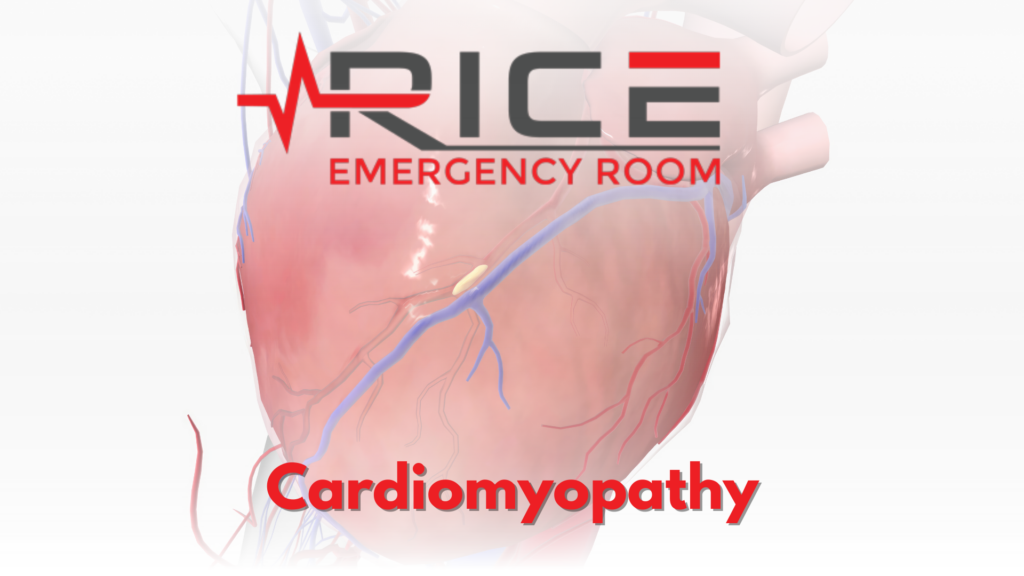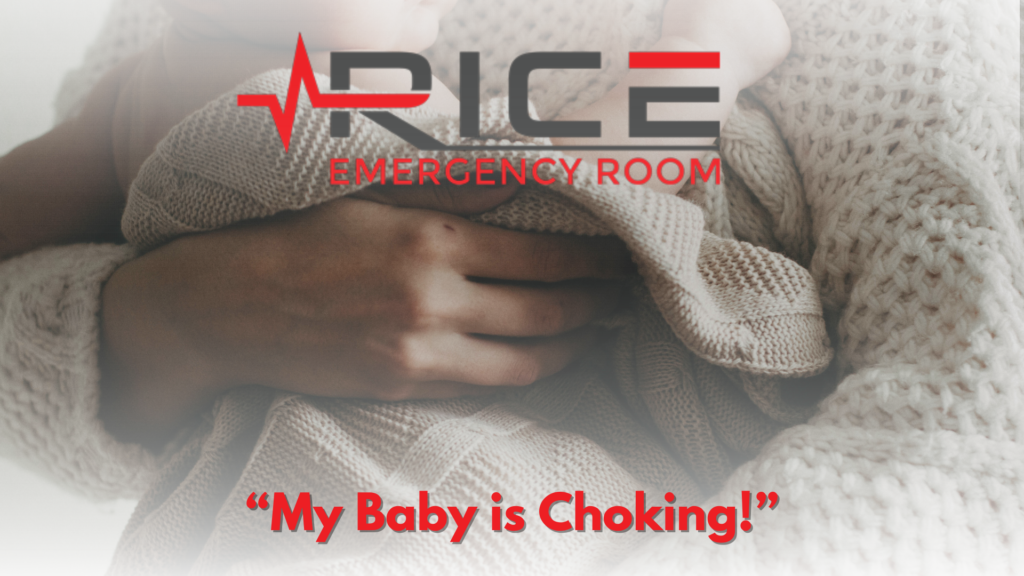Seasonal Affective Disorder (SAD), often referred to as “seasonal depression,” is a type of mood disorder that affects many individuals during specific seasons, typically in the fall and winter. This condition can significantly impact a person’s emotional well-being, energy levels, and overall quality of life. It’s crucial to understand the symptoms, causes, and available treatment options for SAD, as well as when to seek help.
Understanding Seasonal Affective Disorder (SAD)
SAD is a form of depression that follows a seasonal pattern, with most individuals experiencing symptoms during the fall and winter months. While less common, some people may also experience SAD in the spring or early summer. The prevalence of SAD varies depending on geographic location, with higher rates observed in regions with less sunlight during the winter.
Symptoms of SAD
Depressed Mood: Individuals with SAD often experience persistent feelings of sadness, hopelessness, and despair. This emotional state can interfere with their daily lives and relationships.
Fatigue and Low Energy: People with SAD frequently report a significant decrease in energy levels, leading to fatigue and a lack of motivation.
Changes in Sleep Patterns: Sleep disturbances are common in SAD. Individuals may experience oversleeping (hypersomnia) or difficulty falling asleep and maintaining a regular sleep schedule. Disrupted sleep patterns contribute to the overall sense of fatigue.
Appetite and Weight Changes: SAD can trigger changes in appetite, leading to overeating and subsequent weight gain. Carbohydrate cravings are also common, contributing to potential weight fluctuations.
Irritability and Difficulty Concentrating: Individuals with SAD may become more irritable and have difficulty concentrating, which can impact their work, relationships, and overall well-being.
Withdrawal from Social Activities: SAD often leads to a desire to withdraw from social interactions and activities that were once enjoyable. This can contribute to feelings of isolation and loneliness. (Mayo Clinic)
Causes of SAD
The exact cause of Seasonal Affective Disorder is not fully understood, but several factors may contribute to its development.
These factors include:
Lack of Sunlight: Reduced exposure to natural sunlight, particularly in the winter months, is one of the primary factors associated with SAD. Sunlight plays a crucial role in regulating our circadian rhythms and the production of serotonin, a neurotransmitter that affects mood.
Biological Clock: Disruptions to the body’s internal biological clock, or circadian rhythm, can contribute to developing SAD. These disruptions can affect sleep patterns, mood, and energy levels.
Neurotransmitter Imbalance: An imbalance of certain neurotransmitters, including serotonin and melatonin, may play a role in the development of SAD. These chemicals help regulate mood and sleep patterns.
Genetics: There is evidence to suggest that genetics may play a role in an individual’s susceptibility to SAD. If you have a family history of mood disorders, you may be at a higher risk.
Gender and Age: Women are more likely to experience SAD than men, and the condition typically starts in early adulthood. (Cleveland Clinic)
Treatment Options for SAD
Several effective treatment options are available for Seasonal Affective Disorder, and the treatment choice may depend on the severity of the symptoms and individual preferences.
Some standard treatment options include:
Light Therapy: Light therapy, or phototherapy, is a standard and effective treatment for SAD. It involves sitting in front of a specialized lightbox that emits bright, full-spectrum light that mimics natural sunlight. This exposure helps regulate circadian rhythms and elevate mood.
Psychotherapy: Psychotherapy, or talk therapy, can be beneficial for individuals with SAD. Cognitive-behavioral therapy (CBT) is often used to help individuals identify and change negative thought patterns and develop coping strategies.
Medications: In some cases, healthcare providers may prescribe antidepressant medications, such as selective serotonin reuptake inhibitors (SSRIs) or bupropion, to help manage SAD symptoms. These medications can be used in conjunction with other treatments.
Lifestyle Changes: Simple lifestyle adjustments can also make a difference. Getting regular exercise, maintaining a balanced diet, and managing stress can help alleviate SAD symptoms. (Psychiatry.org)
When to Seek Help
Recognizing the symptoms of SAD is the first step toward seeking help. If you or someone you know is experiencing symptoms of SAD, it’s essential to consult a healthcare professional. Early intervention can significantly improve the quality of life for individuals affected by this disorder.
Seasonal Affective Disorder is a prevalent condition that affects many people, particularly during the fall and winter months when sunlight is limited. Understanding the symptoms, causes, and available treatment options is crucial for those who may be struggling with SAD or those seeking to support a loved one dealing with this disorder.
Works Cited
Mayo Clinic. “Seasonal Affective Disorder (SAD).” Mayo Clinic, Mayo Foundation for Medical Education and Research,
www.mayoclinic.org/diseases-conditions/seasonal-affective-disorder/symptoms-causes/syc-20364651.
Cleveland Clinic, Cleveland Clinic. “Seasonal Affective Disorder (Seasonal Depression).” Cleveland Clinic,
my.clevelandclinic.org/health/diseases/9293-seasonal-depression.
Psychiatry.org . “Seasonal Affective Disorder (SAD).” Psychiatry.Org – Seasonal Affective Disorder (SAD), www.psychiatry.org/patients-families/seasonal-affective-disorder.




